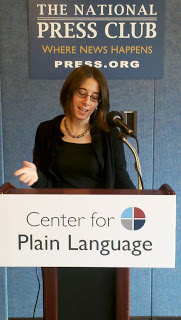USCIS Celebrates Statue of Liberty’s Birthday with a Special Event and Birthday Present
Today the Statue of Liberty celebrates her 125th birthday! To commemorate the big day, U.S. Citizenship and Immigration Services (USCIS) held a special naturalization ceremony at her home on Liberty Island. Exactly 125 immigrants, including 14 members of the military took the Oath of Allegiance and were welcomed as new U.S. citizens.
Welcoming remarks were provided by the Superintendent of the Statue of Liberty and Ellis Island, David Luchsinger, followed by the call of countries and presentation of candidates for citizenship by USCIS New York District Director, Andrea Quarantillo. The Oath of Allegiance was administered by USCIS Director Alejandro Mayorkas.
USCIS also brought a special gift to the ceremony: A photographic mosaic depicting the Statue formed from a vast collection of still images taken over the past three years at naturalization ceremonies in venues throughout New York City, including the Bronx Zoo, Federal Hall and the Lower East Side Tenement Museum.
The artwork was created by USCIS Immigration Services Officer Stephen Wittreich of the New York District Office, and was presented as a gift to the U.S. Department of Interior and the National Park Service (NPS) in honor of the Statue’s 125th birthday. The inspiration for the mosaic came from the concept of creating unity out of diversity, which is embodied in the work that USCIS and NPS perform in welcoming new U.S. citizens. Out of many images of our newest citizens, one clear image emerges of America’s enduring symbol of welcome – the Statue of Liberty.
For pictures of today’s events, visit our twitter feed.
Labels: Citizenship




